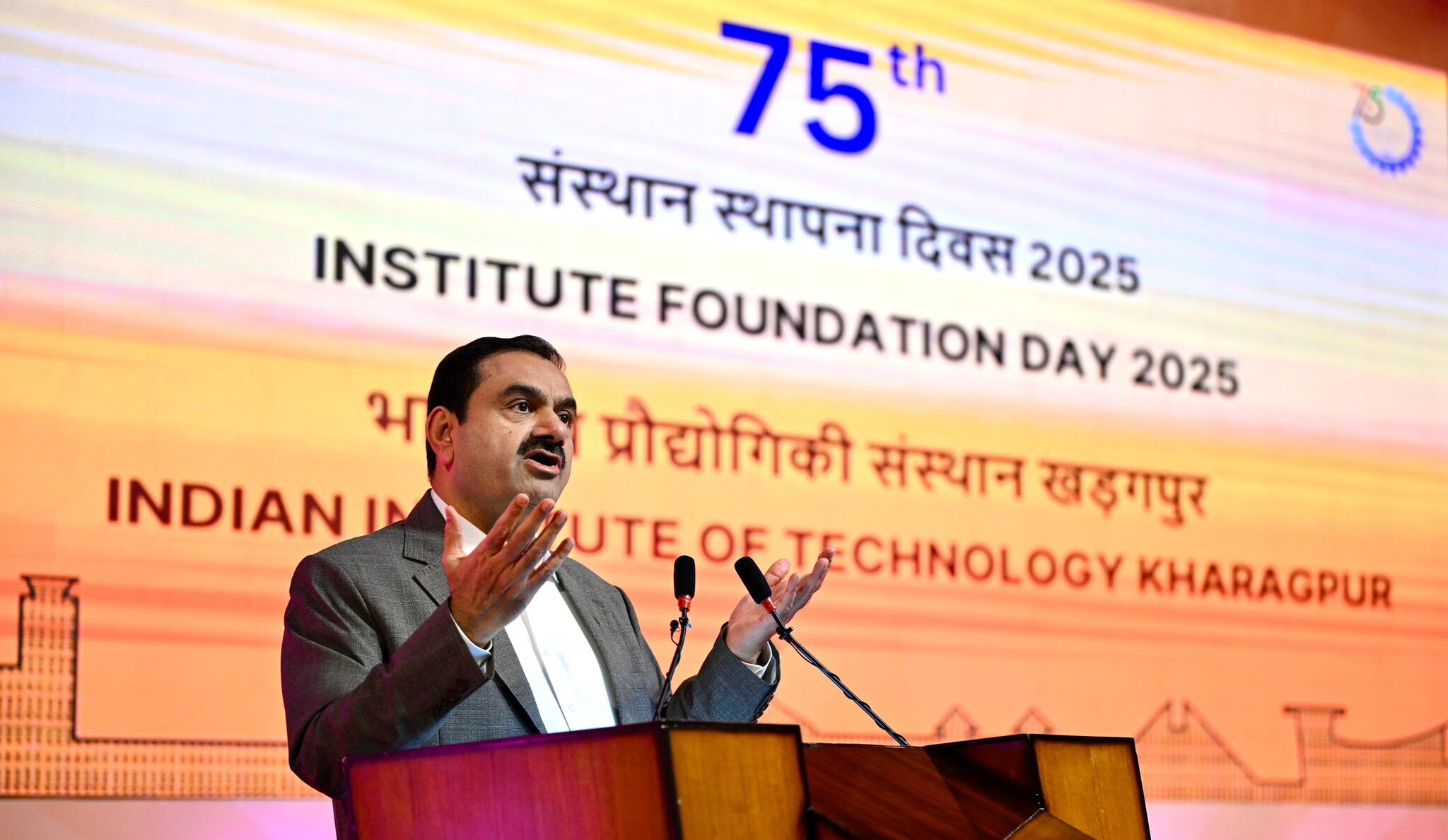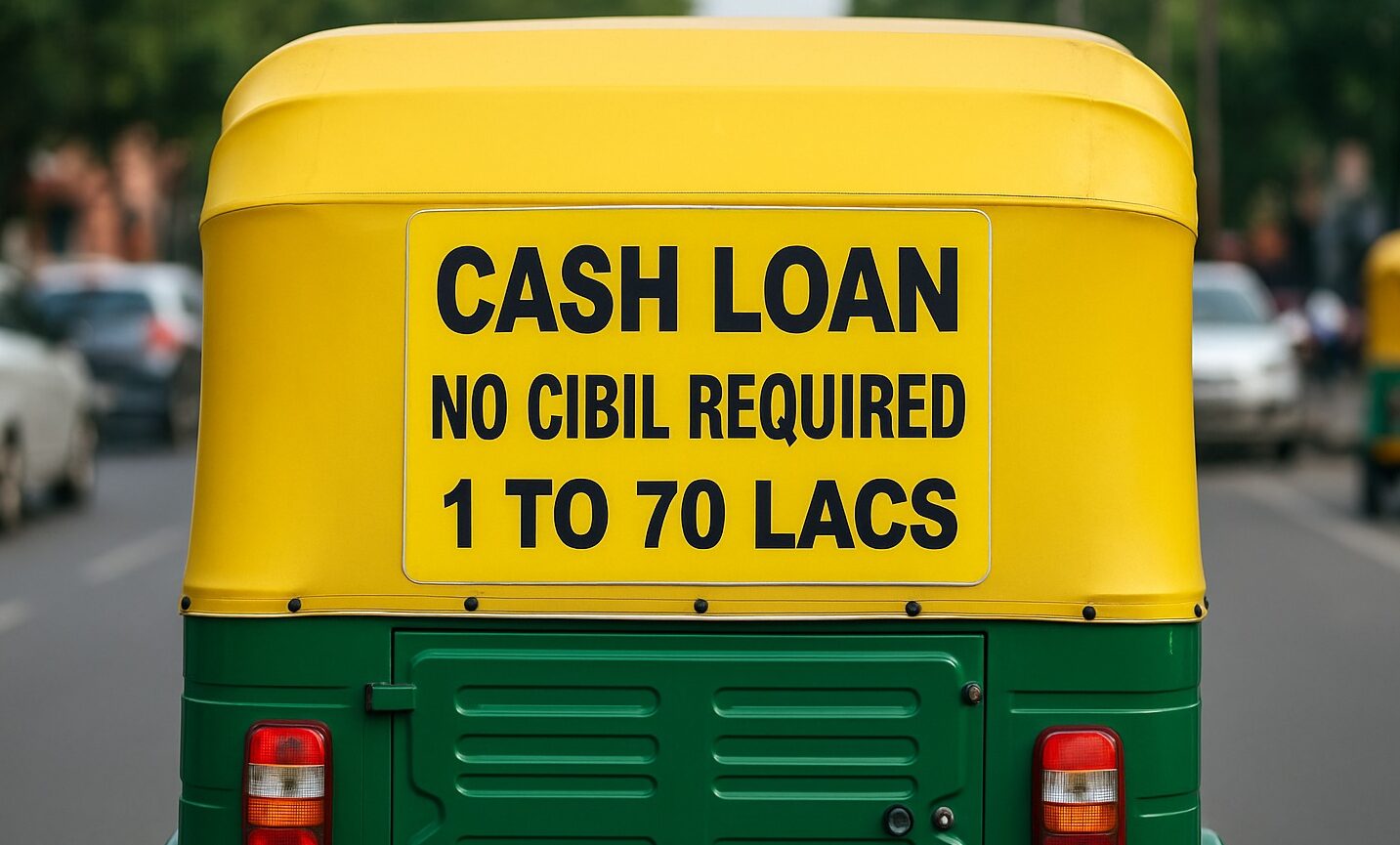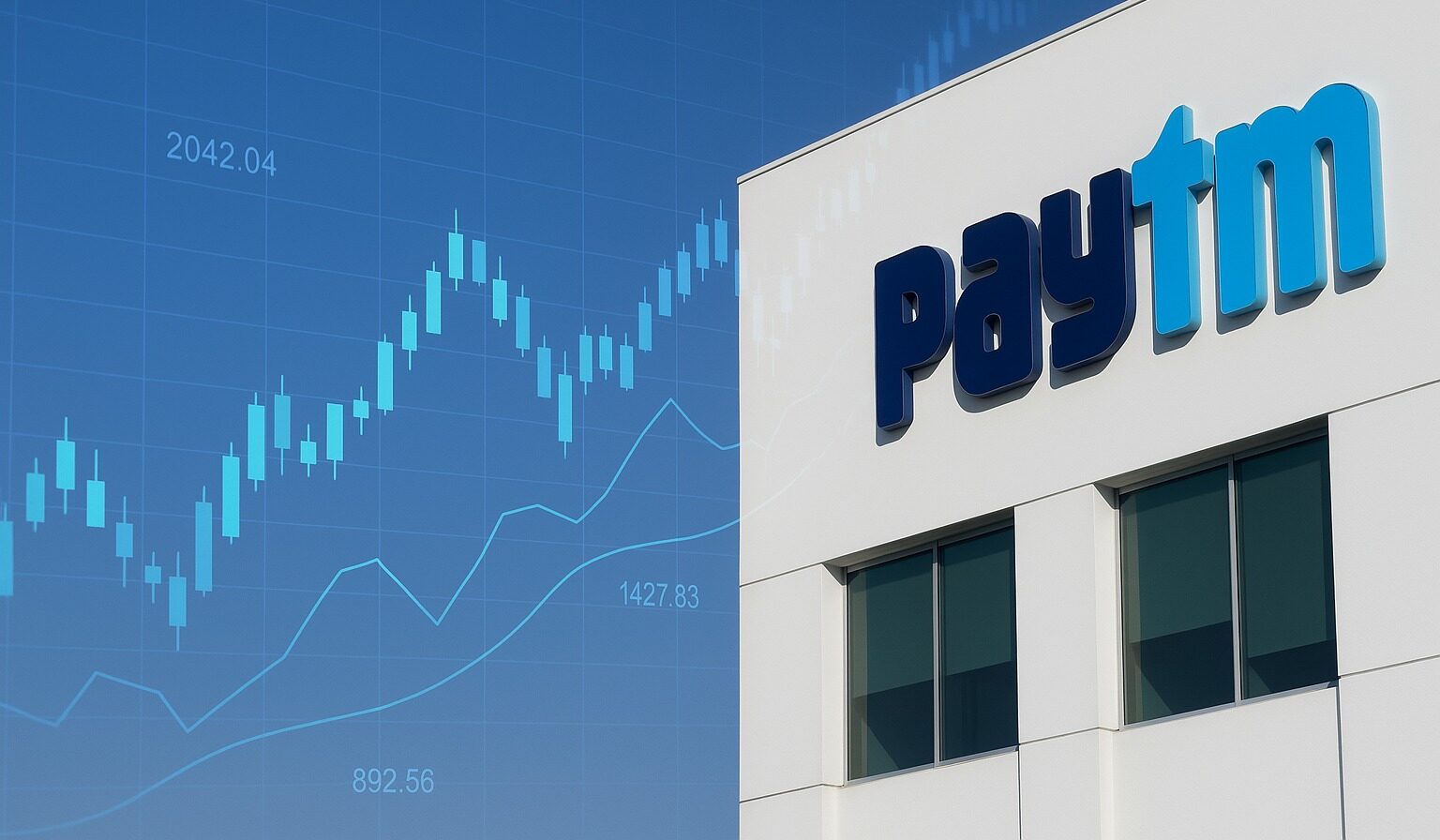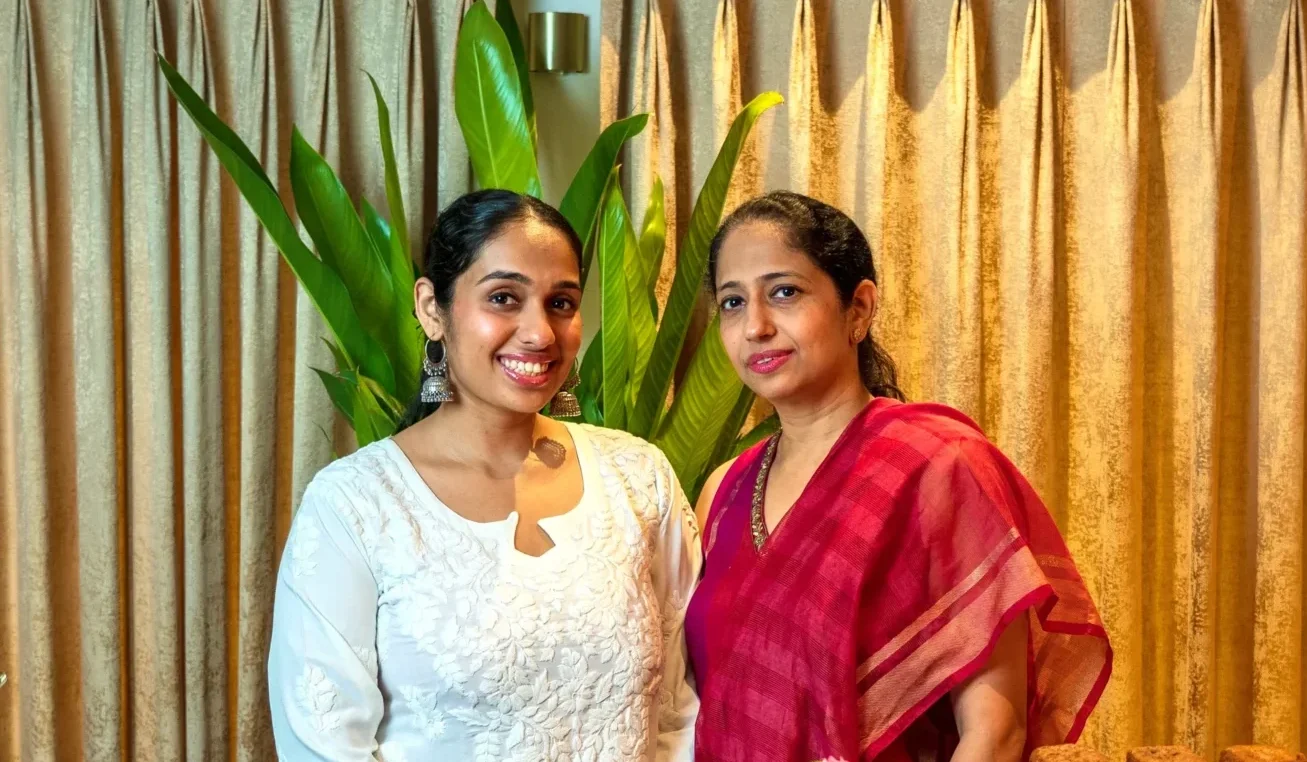The World Bank’s recent revision of the global poverty line has brought significant changes in how extreme poverty is measured worldwide, with notable implications for India. While the global count of people living in extreme poverty has increased due to the raised poverty threshold, India stands out with a sharp decline in its extreme poverty rate, showing significant progress in poverty alleviation.
The New Global Poverty Line and Its Impact
In June 2025, the World Bank updated the international poverty line from $2.15 per person per day (2017 PPP) to $3.00 per person per day (2021 PPP). This adjustment shows updated purchasing power parities (PPPs) and aims to better represent current global price levels and cost of living. The new threshold means more people worldwide are now classified as living in extreme poverty, increasing the global extreme poverty rate from 9% to 10.5%, and the total number of people below the poverty line from 713 million to 838 million.
India’s Revised Poverty Estimates: A Dramatic Decline
Opposite to the global trend, India’s extreme poverty rate has seen a remarkable decline despite the higher poverty threshold. According to the World Bank’s updated data, India’s extreme poverty rate fell from 27.1% in 2011-12 to just 5.3% in 2022-23. In absolute numbers, this translates to a drop from approximately 344.47 million people living in extreme poverty to 75.24 million, meaning nearly 270 million Indians have been lifted out of extreme poverty over the past decade.
This decline is even more noticeable considering the poverty line was raised from $2.15 to $3.00 per day. Under the older $2.15 line, India’s extreme poverty rate in 2022-23 was estimated at only 2.3%, down from 16.2% in 2011-12.
Factors Behind India’s Poverty Reduction
Several key factors contribute to this dramatic reduction:
- Updated Consumption Data and Methodology: India went from the Uniform Reference Period to a Modified Mixed Recall Period method in its Household Consumption Expenditure Survey (HCES).
- Sustained Economic Growth: India’s consistent economic growth over the last two decades has raised incomes and created job opportunities, especially in urban and service sectors.
- Government Initiatives: Various social welfare programs, including rural employment schemes, subsidized food distribution, and expanded access to electricity, sanitation, and digital services, have helped in improving living standards and reducing poverty.
- Reduction in Spending Inequality: Reports show a narrowing of spending inequality across India, with increased average monthly per capita consumption expenditure in rural areas, contributing to poverty alleviation. Broader Implications and Context
India’s updated data and methodology revisions have also influenced global poverty estimates. While the new global poverty line would have increased the number of people classified as extremely poor by 226 million, India’s downward revision of poverty numbers offset this by 125 million, moderating the global increase.
India has also made progress in multidimensional poverty reduction, with the Multidimensional Poverty Index (MPI) falling from 53.8% in 2005-06 to 15.5% in 2022-23, indicating improvements beyond income measures.
ALSO READN : “My Startup Is Failing. Please Help.” : Advice from Chai Sutta Bar’s Anubhav Dubey

























Premiumcaviar
Thank you for making this.